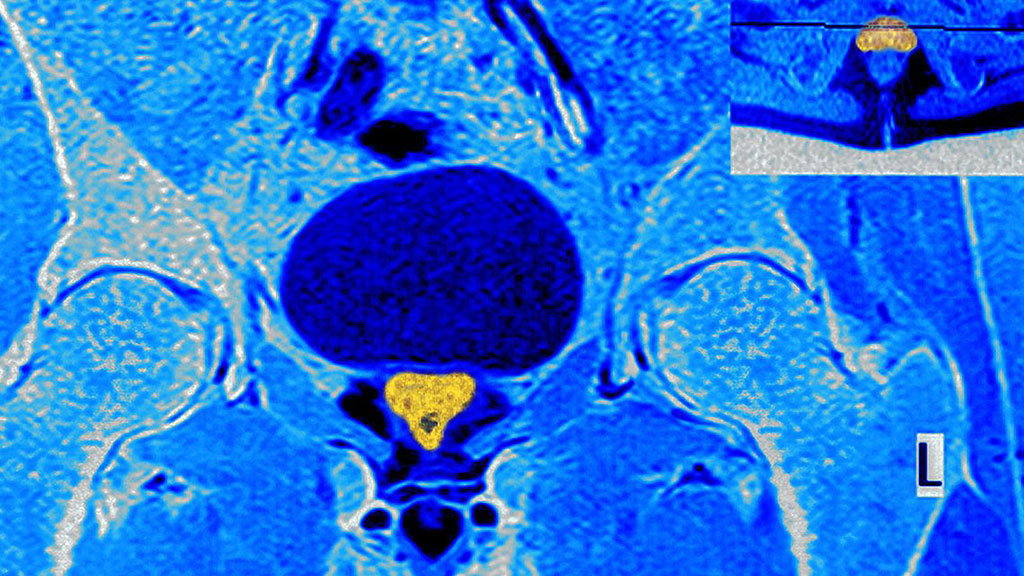Multi-Parametric Prostate MRI Underestimates Tumor Size
By MedImaging International staff writers
Posted on 11 Feb 2021
A new study suggests that multi-parametric MRI (mpMRI) routinely measures radiologic tumor size (RTS) as smaller than actual pathologic tumor size (PTS).Posted on 11 Feb 2021
Researchers at the David Geffen School of Medicine (Los Angeles, CA, USA) conducted a study involving in 441 consecutive patients with 461 prostate cancer lesions who were scheduled for radical prostatectomy. The aim of the study was to evaluate agreement between RTS (defined as maximum tumor diameter on mpMRI), and whole mount histopathology PTS. The disparity in size was assessed, and clinical, pathological, and radiographic predictors of pathological tumor size were examined.

Image: mpMRI imaging measures prostate tumor size as smaller than true (Photo courtesy of Alamy)
The results showed that mean RTS (1.57cm) regularly underestimated mean PTS (2.37 cm), regardless of preoperative covariates, and the degree of underestimation increased with smaller RTS and lower PI-RADSv2 scores. PTS was also significantly larger for biopsy Gleason GG5 compared to GG1; PI-RADSv2 5 lesions compared to PI-RADSv2 4 lesions; and higher prostate specific antigen (PSA) density. The study was published in the February 2021 issue of Journal of Urology.
“Our study suggests that by relying on RTS alone we can only be sure of complete ablation of the mpMRI detected lesion if a large margin is used in the largest diameter, especially for tumors less than two cm,” concluded lead author Aydin Pooli, MD, and colleagues. “Smaller margins, although acceptable, will have a lower degree of certainty for complete ablation of the prostate lesion. Incorporating tracked biopsy around the mpMRI detected prostate lesion could help overcome the tumor characterization limitations.”
Multiparametric MRI refers to the multiple sequences required to make the diagnosis, consisting of both anatomic T1-weighted and T2-weighted MRI sequences, and functional sequences, such as diffusion-weighted imaging MRI and dynamic contrast-enhanced MRI. By combining different types of scans, a clearer picture of the scanned area becomes available. Injecting a contrast agent also helps to enhance the image.
Related Links:
David Geffen School of Medicine








 Guided Devices.jpg)





